Learn, Earn, Repeat: How DAOs Are Flipping Education on Its Head

Imagine a university run by students, teachers, and alumni, where learning earns you real rewards and anyone with Wi-Fi can join. That’s not sci-fi. It’s the reality DAOs are shaping in 2025. Decentralized Autonomous Organizations (DAOs) are rewriting the rules of education, making it more open, collaborative, and fair.
Let’s break down how this is happening: through decentralized universities, a new “Learn → Contribute → Earn” model, and platforms like Mitosis, TalentLayer, and EduDAO.
Decentralized Universities: Communities Calling the Shots
Forget stuffy boardrooms and out-of-touch administrators. DAOs are reimagining how universities operate by giving real power to students, teachers, and lifelong learners. These organizations run on blockchain, using smart contracts—self-executing code that’s transparent and tamper-proof—to manage everything from course offerings to budgets.
Instead of decisions being made behind closed doors, they’re made by the community using governance tokens. These are digital votes that users earn by participating and contributing.
Picture this: a student in Kenya proposes a new coding bootcamp, while a teacher in Brazil suggests an AI ethics course. The community votes, the blockchain records the outcome, and the change is implemented without bureaucratic delays. This is education shaped by its stakeholders, not by gatekeepers.
Real-World Example: Ed3 DAO
Ede DAO is a decentralized education community where everyone — learners, educators, developers — has a stake. In 2025, Ed3 is wrapping up its third phase, exploring how to scale decentralized education and sharing lessons learned. It gives educators a voice, often missing in traditional systems. Students access global courses, and their progress is logged on the blockchain as verifiable, portable credentials. No more worrying if a degree is recognized in another country.
There are still challenges. If too many tokens concentrate in a few hands, power becomes centralized again. And for newcomers, blockchain tools can feel intimidating. Projects like Ed3 are working to make user experiences more accessible, but it remains an ongoing task.
Learn → Contribute → Earn: Students as Stakeholders
Traditional education often meant sitting through lectures, cramming for exams, and hoping your degree paid off later. DAOs are shifting that with a more dynamic model: learn a skill, contribute to the community, and earn tangible rewards.
You might join a DAO learning platform focused on Web3 or design. After completing a course, you could contribute by writing a guide, mentoring someone, or building a project. In return, you earn tokens that act as currency, course credits, or proof-of-skill badges. It’s learning that pays in real time.
How It’s Playing Out
Imagine someone learning Solidity. After finishing a course, they help debug smart contracts or write a tutorial. In exchange, they receive tokens, which they can use for advanced content or even trade for real-world value. This model unlocks access for people around the world who can’t afford traditional tuition but still want meaningful education.
Systems must be in place to ensure the model isn’t abused. Contributions should be meaningful, not just transactional. DAOs use community validation and automated tools to manage quality and fairness. And most importantly, the focus must stay on genuine learning, not just earning tokens.
Platforms in Action: Mitosis, TalentLayer, and EduDAO
Three platforms stand out in supporting this ecosystem: Mitosis, TalentLayer, and EduDAO. While not all are built specifically for education, each plays a role in enabling decentralized learning models.
Mitosis
Mitosis is a general-purpose Web3 protocol designed to manage treasury systems, distribute token rewards, and facilitate cross-chain coordination. While it’s not education-specific, it can support learning communities by helping DAOs automate how they reward students, contributors, or educators. For instance, a coding cohort could use Mitosis to distribute tokens when students complete a verified project or contribute learning materials.
Its strength lies in its flexibility across different blockchain ecosystems. However, its general design means it may require custom setup to meet the unique needs of educational environments. It also demands some technical familiarity, which can be a barrier for less tech-savvy users.
TalentLayer
TalentLayer helps DAOs connect learners with real-world gigs or mentorships. In 2025, it's becoming a critical link between learning and professional experience. For example, after finishing a design course, a student could use TalentLayer to land a short-term project creating a logo for a Web3 startup. They earn tokens for their work, and the experience is recorded on-chain as a visible, trusted portfolio.
It’s particularly well suited to project-based learning and freelance-style upskilling. However, it’s less tailored to long-form education like full degree paths, and learners with limited prior experience may struggle to gain traction early on.
EduDAO
EduDAO is built specifically for education and focuses on under-resourced communities. It connects grassroots learning initiatives with global funders, creating a decentralized model for supporting schools and projects. In some cases, students earn tokens for their participation and can reinvest those into their local ecosystem. The platform also hosts hackathons, workshops, and global collaboration events.
EduDAO remains relatively small and is still developing its infrastructure. To be effective long term, it needs to ensure that its funding mechanisms are transparent and that its projects are held accountable for outcomes.
What’s Next for DAOs in Education?
In 2025, DAOs are making education more inclusive, participatory, and aligned with the needs of learners. Decentralized universities are handing control to communities. The Learn → Contribute → Earn model is transforming students into active participants. And platforms like Mitosis, TalentLayer, and EduDAO are helping bring these systems to life.
Challenges remain. Systems must stay fair, intuitive, and focused on learning outcomes, not just token incentives. But as these platforms mature and integrate with technologies like AI tutoring or virtual learning spaces, the potential for a truly global, decentralized education system feels within reach.
Sources
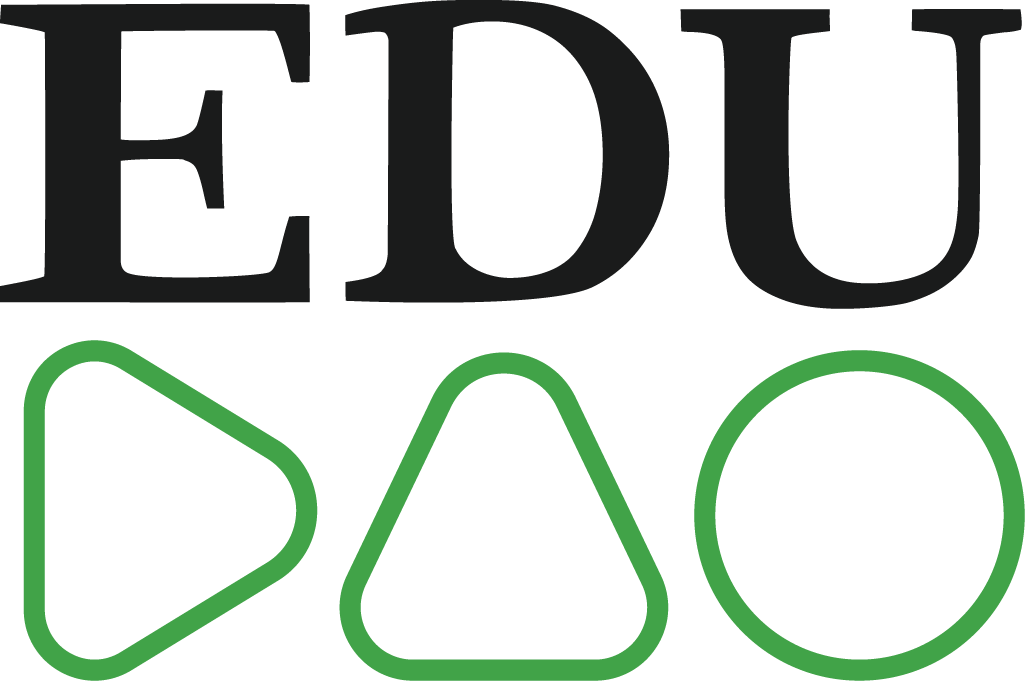


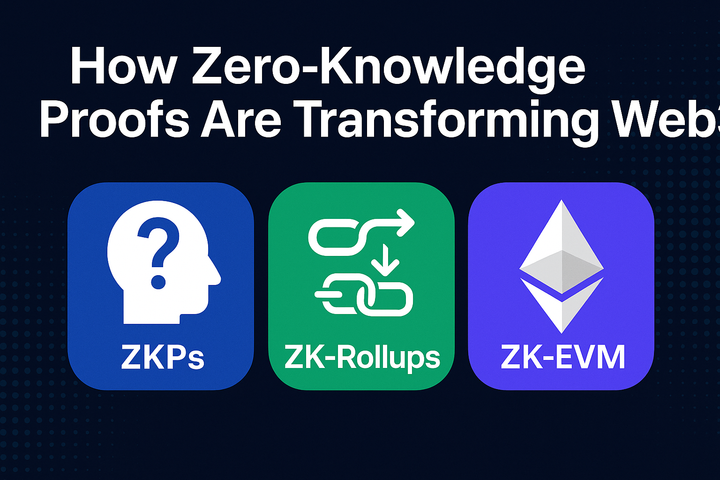
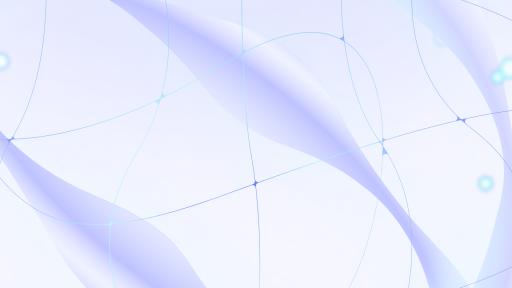
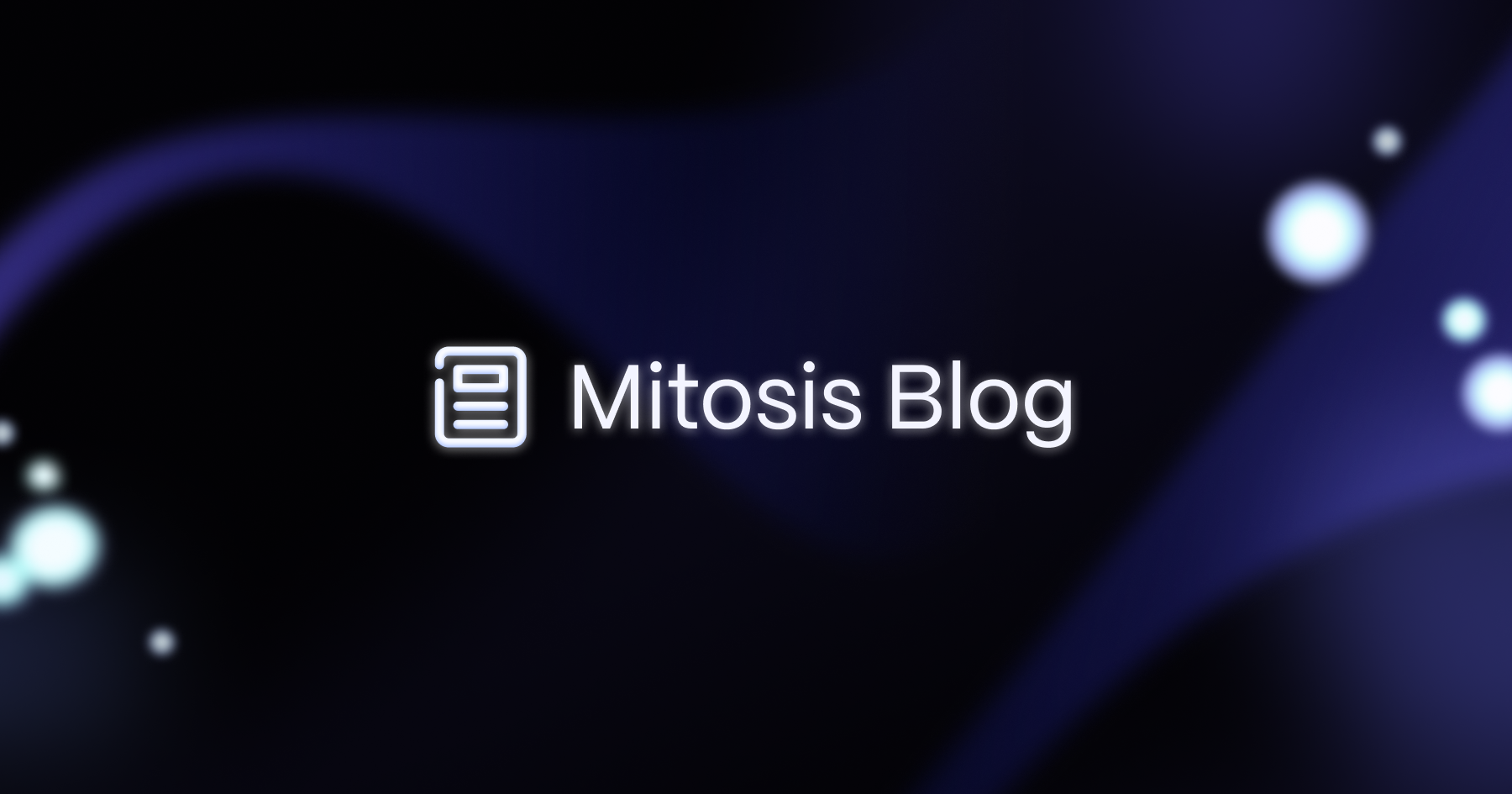

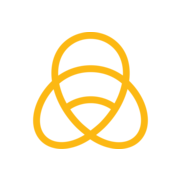

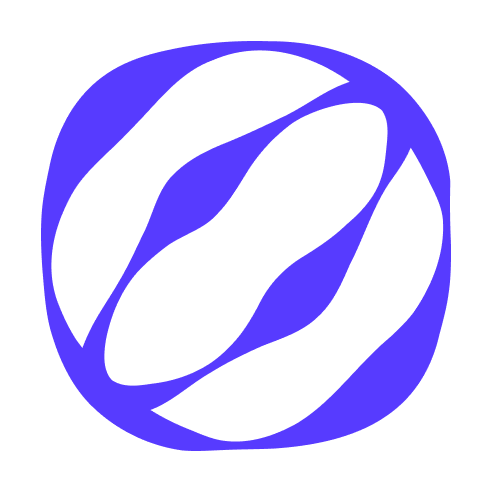


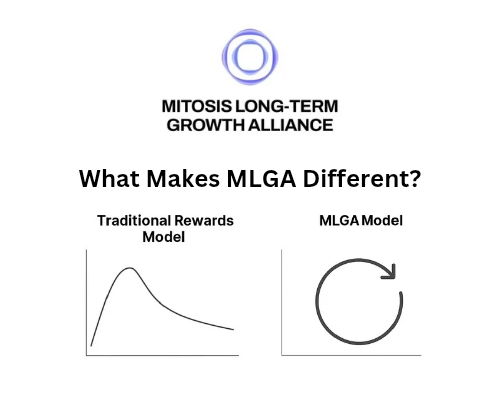
Comments ()